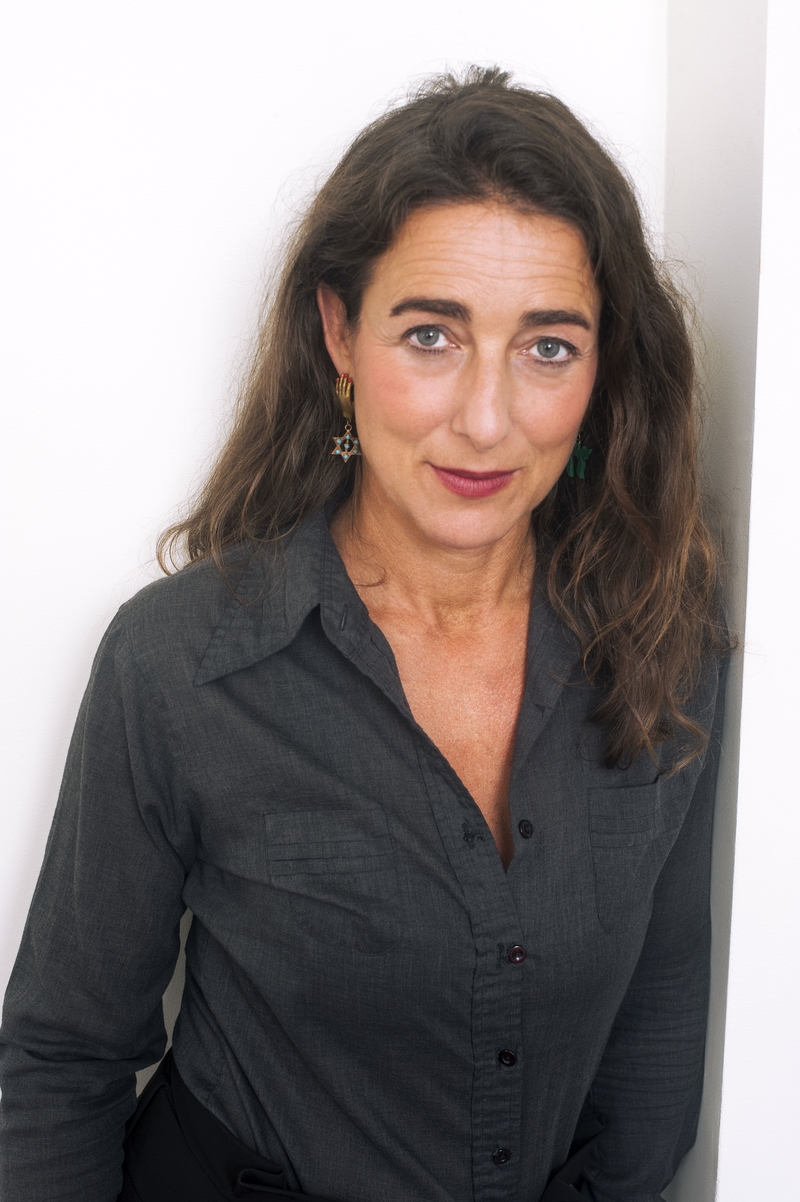Joanna Rubin Dranger

Joanna Rubin Dranger
Just as Joanna Rubin Dranger entered adulthood, her beloved Aunt Susanne took her own life. In the genre-transcending Ihåkom oss till liv (“Remember us back to life”, not published in English) – an all-encompassing book, and not just in terms of weight and number of pages – Joanna portrays in both text and image how many years later she began to explore what led to her aunt taking her own life and how she broke the silence and broke with the repression she’d grown up with, where relatives had been “lost” or not mentioned at all. The threads she found lead to the persecution of Jews before and during the Second World War in Germany, Poland, Lithuania and Russia – but also to anti-Semitism and the fallout in the Scandinavian countries and the devastating consequences of their unwillingness to help. The threads then lead straight into darkness, concentration camps, murder and assault. But also to the joy of meeting relatives who survived, escaping to the US and Israel. In drawings and pictures, Joanna shows how she has to face new and unexpected painful questions. Some she can answer, others she can’t. One of the book’s many strengths is that the reader also gets to experience and consider all these difficult breaches.
As the questions pile up, Joanna feels the need to find out the names of those who were murdered and what their lives were like. Writing and picturing the stories of the lost becomes an act of resistance bordering on magical thinking: the Nazis wiped out these people and all their memories, and Joanna is rescuing them from oblivion to show the lives they lived and the lives taken from them.
Ultimately, it is a project about listening to the words of Jewish prayer and remembering the dead back to life. When Joanna discovers that a little boy in the family was murdered whose name no one even remembers, she takes the reader on a desperate search for answers. Suddenly it means everything to find his name, and when she finally does, she and the reader both realise just how important memory is, how important it is to reach back through the decades to set the story straight. Creating the book becomes itself a sort of meta-project: by giving us the names of the murdered and carefully drawing their photographs and portraits, the dead are reincarnated. Although history cannot be changed, the dead come to life when we remember them.
Although straightforward in style and in terms of both text and images, the book never over-simplifies. Its sights are fixed on the darkness of history and the darkness Joanna soon discovers deep within. In this way, she depicts not only her family’s history but an immense shared trauma and how this trauma continues to affect generation after generation and is also firmly embedded in Joanna herself.
Ihågkom oss till liv is an intelligent combination of text and image, reinforcing each other to an almost overwhelming extent. Mixed in with photographs and other documents are Joanna’s own effective drawings within a story that has a unique expression of its own. Thus it is a documentary novel as referred to on the cover, but it is also so much more: a graphic novel, a historical story, a kind of writer’s diary and an autobiography. It becomes a test for both Joanna and the reader. What happened in the past comes so close that you cannot escape.
Joanna Rubin Dranger, born in 1970, has published several notable graphic novels since her debut in 1999. She often mixes far-out humour with existential questions and occasionally shines a light on the narrow gender roles of the day. At present she is as a professor at Konstfack in Stockholm. The fact that her book project has emerged against a backdrop of growing new-age anti-Semitism and xenophobia in Europe will not escape the reader, nor does it escape Joanna. She does not bend to history or to what society is facing today. Ihågkom oss till liv is a stylistically complete work and a courageous document of the time. How we read the book is connected in many ways to several contemporary questions concerning the fate of Europe.